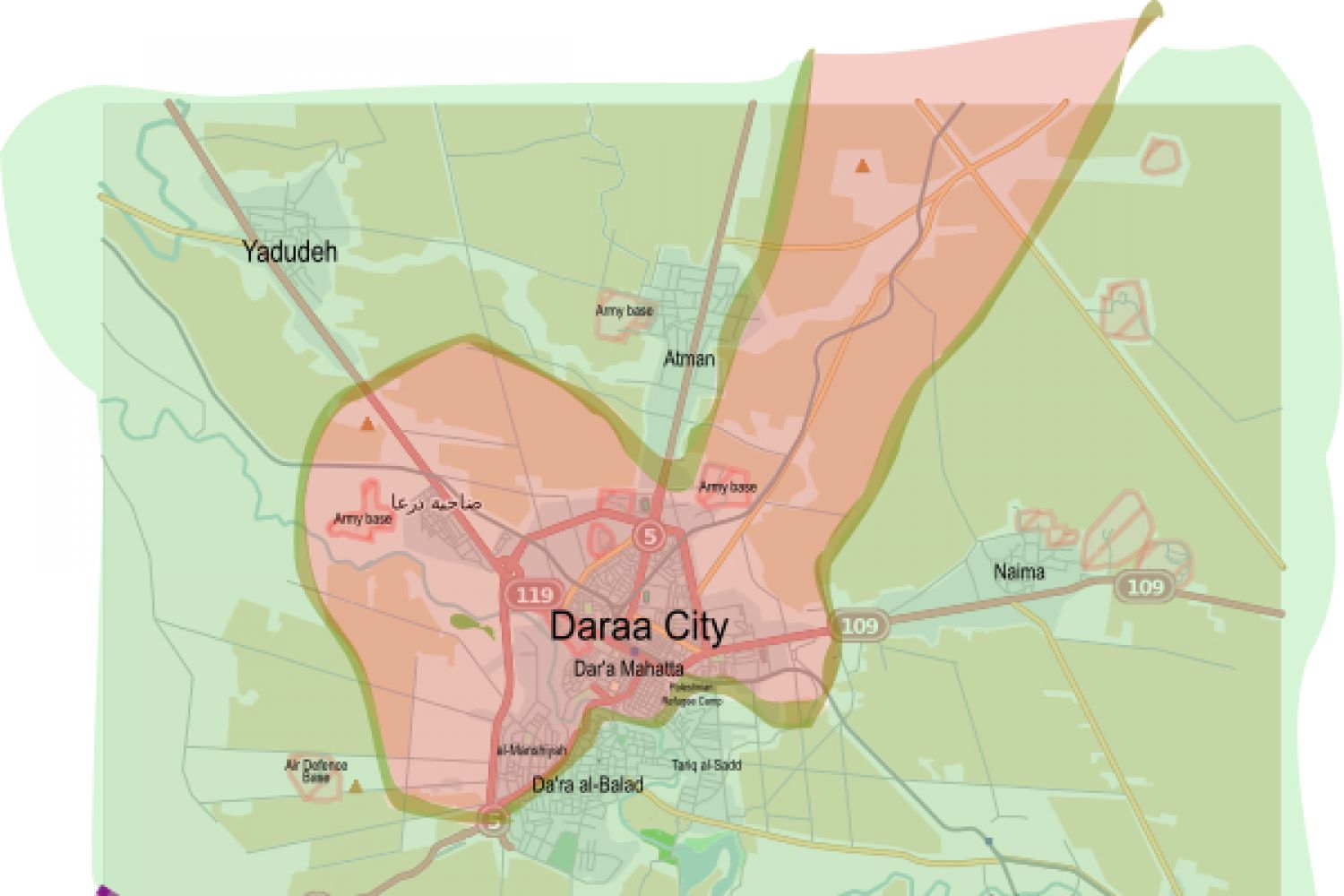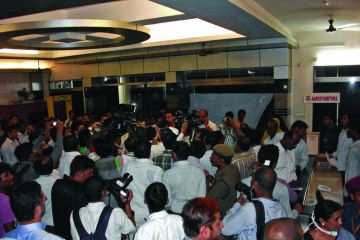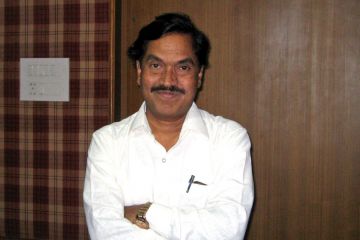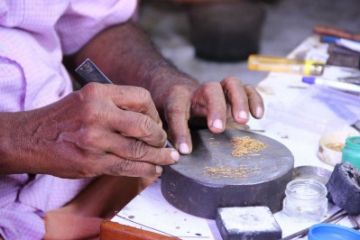
The Russians started
2006 in Syria with a bang, really big ones. Hours into the new year they
launched a series of airstrikes over the country. Proud proclamations were
sounded from all quarters with a bold announcement: “A total of 311 sorties
have been made over the first days of 2016 during which strikes were delivered
at 1,097 facilities,” said Lt. General Sergey Rudskoy, the Russian defence
chief. They targeted oil facilities and infrastructure used by Islamic State of
Iraq and Syria (ISIS) militants in Raqqa, Dasmascus, Homs, Hama and a territory
they hadn’t ventured into before: Dera’a.
Dera’a had for long
been romanticised as home of the Syrian rebellion, the southern state that
dared to rise against the rule of Bashar al-Assad. For much of the war, Dera’a
remained firmly under the control of the Free Syria Army (FSA), the mainstream
opposition that liberated many of the villages in this southern state bordered
by Israel, Jordan and ISIS-controlled land to its east. Dera’a with its Free
Syria Fighters remained a low priority for a government preoccupied with ISIS
advances in the North of the country.
That changed
in May 2015 when ISIS marched on south Syria raised its black flag in
Dera’a. ISIS fighters went from house to house seeking FSA fighters. They
confiscated their weapons and publically shamed them as disbelievers. Mohammed,
a fighter with the Free Syria Army, witnessed their ruthlessness. “They said
they were the real Muslims not us,” recalls Mohammed. Soon ISIS went on a
killing spree beheading people and by the end of 2015 was in control of three
fronts.
Defections from FSA soon followed. Just last month one battalion of about 40 FSA fighters joined ISIS even though its presence in the area is limited. “They join ISIS for money,” says Mohammed. ISIS pays fighters about $300-400 a month from its deep coffers. It runs a highly lucrative business not just of extortion at checkpoints but also controls Deir Ezzor, the area with Syria’s most productive oilfields. Oil sales account for hundreds of millions of dollars in revenue and soon FSA fighters whose payment was in food for themselves and their families spoke about mass defections, according to a senior commander in the Free Syria Brigade in the southern front.
That’s when the Syrian
army and Russian jets turned their attention to Dera’a.
The beginning of the
year was marked by a new push in southern Syria with the help of Russian air
cover. This could be a potential game changer. The FSA fighters in Dera’a are
staffed by Arab and Western forces. Large numbers of its fighters have been
trained by Americans across the border in Jordan. “If this area falls to Assad
then the international community loses a major bargaining card. This is the
only area where the West has a healthy relationship with fighters against the
regime,” says a commander of the Ben Sunni brigade.
The battle is
currently focused in a town called Shaikh Maskin. It has been “hot” since the
first week of 2016. Days of assault by the Syrian army supported by the
heaviest aerial bombing campaign Russia has unleashed in southern Syria have
reduced the city to rubble. Buildings have collapsed on top of each other,
ceilings chopped off and wires and iron roof beams bent out of shape. Sheikh
Maskin is a trophy town, the “crossroad of the south,” as a Syrian General
called it, lying on a major supply route from Damascus south to Jordan.
The fighting in Sheikh
Maskin has led to a mass exodus. Thousands have fled from the villages. Israel
has a policy of not accepting Syrian refugees, the neighbouring state in Syria
is firmly under ISIS control so people fled towards Jordan. About 12,000
refugees were stranded on the border as of December 8, 2015, according to
estimates by the UNHCR. Jordan claims that 16,000 refugees are stranded in the
remote desert area. In December, Human Rights Watch claimed that at least
20,000 refugees were on the border and the UN refugee agency has urged Jordan
to allow them to enter. But the border remains closed. So the fleeing Syrians
are now trapped in this no-man’s land at a particularly bad point, when years
of strain have pushed the UN’s humanitarian agencies to the verge of
bankruptcy. They cannot meet even the basic needs of the millions of stranded
people. This refugee crisis is beyond them.
Sources in the
Ministry of External Affairs state that a key reason for the visit of Syrian
foreign minister Walid Muallem’s visit to New Delhi is to urge the Indian
leadership to launch humanitarian efforts in Syria from a base in neighbouring
Jordan.
This is Part III of
the Fountain Ink series on the Syria crisis. Read Part I here and
Part II here.
(Title image by MrPenguin20 via Wikimedia Commons)





